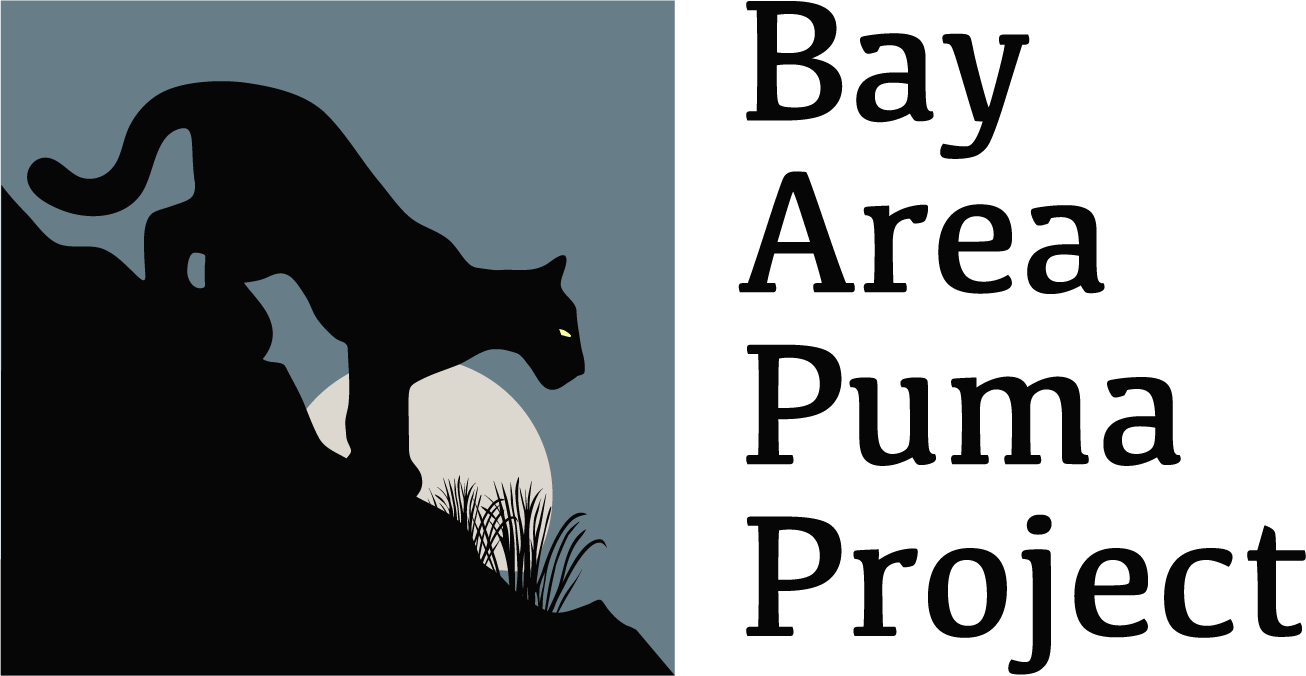Cougar survival and source-sink structure on Greater Yellowstone's Northern Range
We studied survival and causes of mortality of radiocollared cougars (Puma concolor) on the Greater Yellowstone Northern Range (GYNR) prior to (1987–1994) and after wolf (Canis lupus) reintroduction (1998–2005) and evaluated temporal, spatial, and environmental factors that explain variation in adult, subadult, and kitten survival. Using Program MARK and multimodel inference, we modeled cougar survival based on demographic status, season, and landscape attributes. Our best models for adult and independent subadults indicated that females survived better than males and survival increased with age until cougars reached older ages. Lower elevations and increasing density of roads, particularly in areas open to cougar hunting north of Yellowstone National Park (YNP), increased mortality risks for cougars on the GYNR. Indices of ungulate biomass, cougar and wolf population size, winter severity, rainfall, and individual characteristics such as the presence of dependent young, age class, and use of Park or Wilderness were not important predictors of survival. Kitten survival increased with age, was lower during winter, increased with increasing minimum estimates of elk calf biomass, and increased with increasing density of adult male cougars. Using our best model, we mapped adult cougar survival on the GYNR landscape. Results of receiver operating characteristic (ROC) analysis indicated a good model fit for both female (area under the curve [AUC] = 0.81, 95%CI = 0.70–0.92, n = 35 locations) and male cougars (AUC = 0.84, 95%CI = 0.74–0.94, n = 49 locations) relative to hunter harvest locations in our study area. Using minimum estimates of survival necessary to sustain the study population, we developed a source-sink surface and we identify several measures that resource management agencies can take to enhance cougar population management based on a source-sink strategy.
